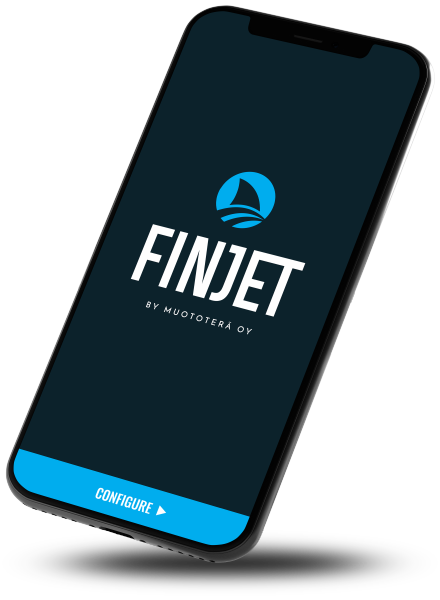METAL INDUSTRY
Abrasive waterjet cutting is suitable for cutting all metals from aluminum foil to steels more than 300mm thick. The most common cutting materials are steels, aluminum, iron and special metals.
GLASS INDUSTRY
Glass can be cut with abrasive waterjet efficiently and accurately. The surface can withstand tempering well after cutting. Waterjet cutting is used to cut edges and holes.
RUBBER INDUSTRY
When cutting rubber with water, we need to know the desired cutting quality and the thickness of the rubber. This will help you choose the right cutting method. Waterjet cutting applications are widely used in the rubber industry.
WOOD AND PLYWOOD INDUSTRY
Wood and especially plywood are well suited for waterjet cutting. Thin plywood can also be cut without abrasive, leaving the surface natural without burning marks etc. that would occur from thermal processes.
CONSTRUCTION INDUSTRY
The construction industry has many applications for waterjet cutting. The most common materials are ceramic tiles, insulating materials such as wool, Styrofoam and urethane insulation. Generally, all materials that require cutting in the building industry can be separated with waterjet.
COMPOSITE INDUSTRY
When cutting composite materials, the different properties of the different material layers is to be considered. With the right parameters, waterjet cutting is an effective way to cut both shapes and holes.
STONE INDUSTRY
Abrasive waterjet cutting of stone is fast and cost effective. Applications includes kitchen levels, openings, tombstones, stone decorations, etc.
PLASTIC AND FOAM INDUSTRY
When cutting plastics with waterjet, no harmful combustion gases are released from the material into the environment. Therefore, water cutting is popular in the plastics industry, allowing all possible shapes.
TEXTILE INDUSTRY
In the textile industry, waterjet cutting is used e.g. for cutting leather and complex cutting lines. Waterjet cutting enables precise cutting lines and thus cost-effective material usage.
AUTOMOTIVE INDUSTRY
The automotive industry has many applications where waterjet cutting can be used. The most common are textiles and composite structures. Usually, waterjet cutting is done by robot cells.
MARINE INDUSTRY
There are many uses for waterjet cutting when building boats, yachts and ships. Water cutting is most used for cutting metals, composites and textiles.
AVIATION INDUSTRY
In the aerospace and aviation industries, it is important that materials retain their typical properties. For this reason, waterjet cutting is an optimal method as it does not cause hardening or material reforming.
FOOD AND FEED INDUSTRY
Cutting food with waterjet has become more common in recent years. Waterjet cutting is a hygienic process and allows, among other things, cutting cakes, vegetables, fish, meat and bones – fresh or frozen.
SCHOOLS AND COLLEGES
Waterjet cutting machines are well suited for educational purposes. With a wide range of materials, machines can be used across departmental boundaries so that the entire school’s cutting needs can be covered by one machine.







